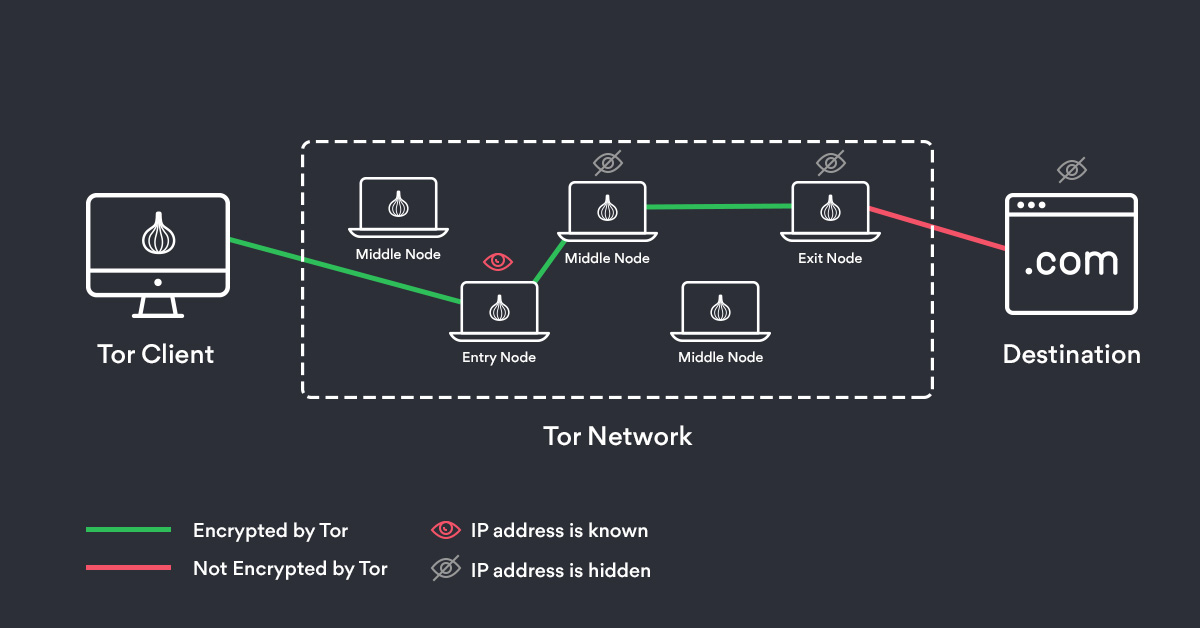

The data center is continuing to go through a fundamental shift to support higher speed interfaces at the access layer. The QFabric solution comes in two sizes: the Juniper QFX3000-M scales up to 768 10GbE ports and is often referred to as the “micro fabric” and the much larger Juniper QFX3000-G scales up to 128 ToR switches and 6,144 10GbE ports. The solution differentiation is that the core, aggregation, and access data center architecture roles can now be collapsed into a single Ethernet fabric that supports full Layer 2 and Layer 3 services. QFabric is a distributed Ethernet fabric that employs a spine-and-leaf physical topology, but is managed as a single, logical switch. More than four years in the making, Juniper QFabric was released in 2011. The Juniper EX4200 and EX4500 can be combined to create a single virtual chassis that can accommodate a mixed 1GBE and 10GBE access tier. Juniper released its first 10GbE ToR switch running Junos in 2011, the Juniper EX4500, which supports 48 10GbE ports. The solution differentiation is that multiple switches can be connected together to create a virtual chassis: single point of management, dual routing engines, multiple line cards, but distributed across a set of switches. Juniper released its first switch, the EX4200, a top-of-rack (ToR) switch that supports 48 1-Gigabit Ethernet (GbE) ports and 2 10GbE interfaces.

It all starts in 2008, when Juniper Networks decided to officially enter the data center and campus switching market. Let’s start with a little bit of history to explain the problem and demonstrate the need of the Juniper QFX5100.


 0 kommentar(er)
0 kommentar(er)
